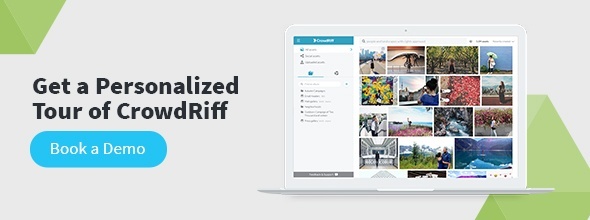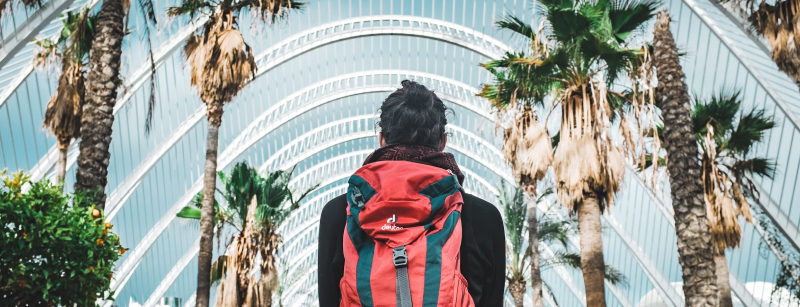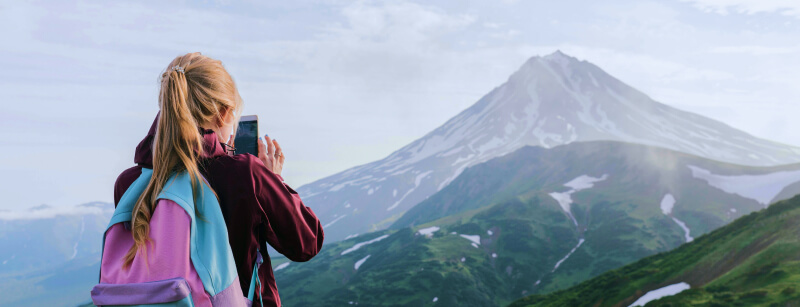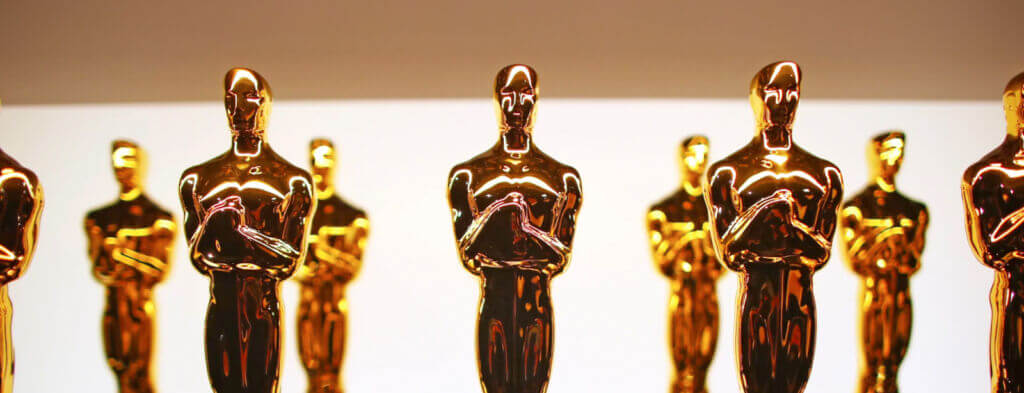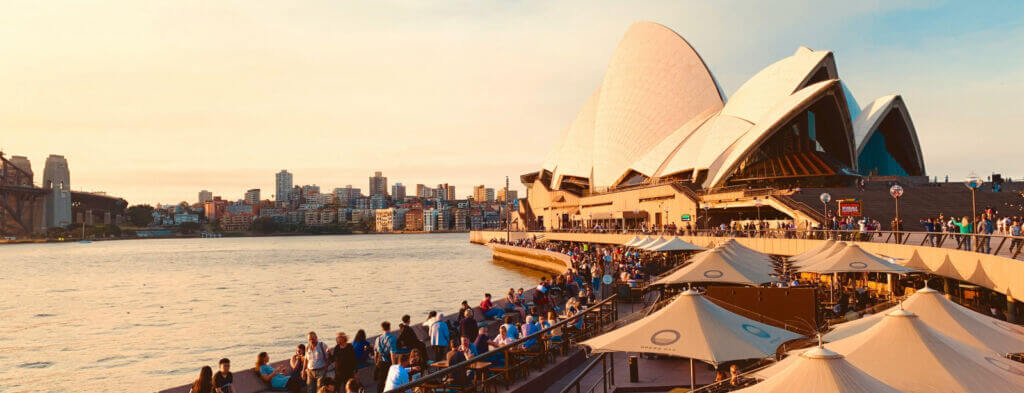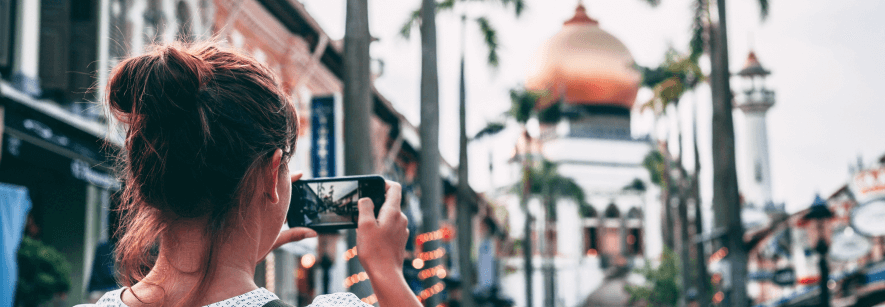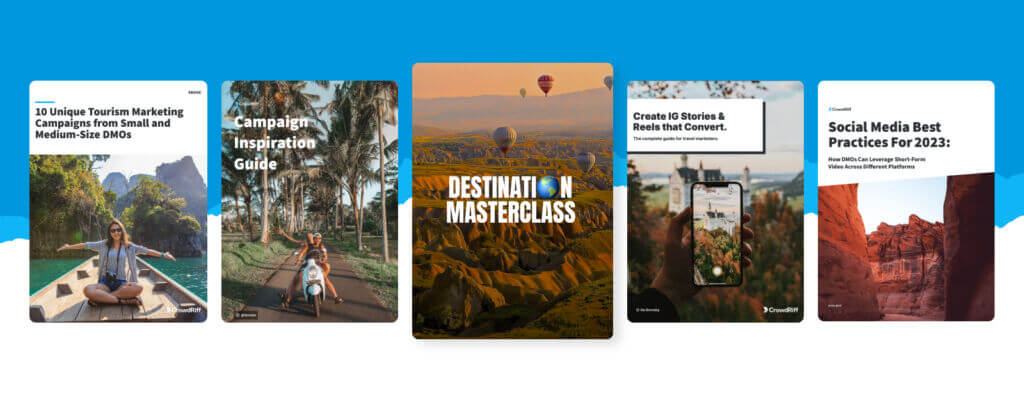Some art museums can feel inaccessible to visitors: the Denver Art Museum is not one of them.
They frequently host out-of-the-box exhibitions (like last year’s Star Wars-themed exhibition), evening social events, and even feature digital screens with visitors’ pets alongside paintings of animals in their stampede exhibit. All this, along with active and engaging social media accounts, makes it one art institution that gives everyday visitors little reason to feel out of place.
“It can be more intimidating to walk into an art museum than say a zoo, because people can explain to their children what a giraffe is, but when they walk into an art museum they feel like they need to know everything about who Picasso was,” said Shannon Robb, the Communications and Public Affairs Coordinator for the Denver Art Museum. “From a communications standpoint and as a museum overall, we always want art to be accessible, and let people know that art is for everyone.”
While the Denver Art Museum has always made an effort to maintain a close connection to its visitors, that effort got a lot simpler last year, according to Robb, when the institution began using CrowdRiff in both its marketing and communications strategies.
The ability to see and act upon all the imagery being captured at the Denver Art Museum
Robb explains that the visual marketing platform allows museum staff to get a better sense of how their visitors experience its exhibits, based on the visuals they share online.
“With that interface where we can see everything, we’ve started to notice trends, like the most popular pieces of artwork,” she said, explaining that CrowdRiff gives her the ability to see a variety of recent photos at once, as opposed to the way Instagram shows her photos one by one when browsing on her phone or desktop.
“We also use [the social photos] to help promote events and programs that are happening, because people are capturing images of the events they attend,” she added. “So we can use those photos to promote the next one.”
Previously, Robb says their small team of five could never capture all of the action that occurs in a single day across one of the largest museums between Chicago and the West Coast. Not only do its two main buildings house a variety of exclusive permanent exhibitions as well as temporary rotations, but the institution also offers art classes, a 3D Studio, private event space and much more.
“We can’t always be at every event capturing photos for social media and the website,” said Robb. “People are constantly posting photos from weddings that are held here, which we wouldn’t be at even if we had a larger team.”
Now such images are available via a single interface, which Robb says has saved her team countless hours of searching through social media manually engaging with users and managing rights requests.
Enabling the museum to interact with its patrons at a scale that was never possible before
“Prior to CrowdRiff I was going in on my phone or on my computer, searching Denver Art Museum in Instagram, going through images one by one,” said Robb. “Just from an efficiency standpoint, having the interface where I can see a ton of different photos at once is really helpful.”
Robb says the process of searching Instagram for images previously required approximately half an hour of her time each day or two, but now she barely has to set aside time for it.
“Now if I have five minutes between meetings I can pop into CrowdRiff, look at the interface, see a bunch of images, click on the ones I want, ask for general rights, and get through the same amount that I would have needed 15 to 30 minutes for prior, in five to ten minutes.”
She added, “It’s definitely a more efficient way to see who’s posting things about us, what they’re posting, what they’re enjoying, and recognizing them for it.”
Getting rights to 1,500 authentic visuals to use across marketing and communications materials
Through CrowdRiff, the Denver Art Museum has secured rights to over 1,500 images in about a year, which they distribute all throughout their marketing, social media, and communications materials.
Beyond adding a boost of authenticity to its website imagery and social media posts, they also use these rights-approved imagery in their email newsletters, and even in public relations and communications materials.
“It has even been helpful when we’re trying to create PowerPoint presentations to share programs that we have going on and share more about the museum with external groups we’re meeting with,” said Robb. “Now we can give them a visual look at those experiences.”
What’s more, Robb adds that the fact that social visuals are created by their visitors adds an invaluable angle to their materials.
“It would have been very difficult to create 1500 images that authentically capture the range of people and museum experiences that we’ve been able to see and share using CrowdRiff.”
With the help of CrowdRiff, the Denver Art Museum cultivates an atmosphere that is accessible and open
With each piece of communications and marketing material, the Denver Art Museum contrasts the traditional perception of an artistic masterpiece with the openness of the digital media age.
Robb says that showcasing how everyday people interact with art and the museum space more broadly has gone a long way in breaking down barriers and demonstrating how accessible art museums can be to even the most casual art fans.
“People scrolling through our website deciding whether or not they want to come to the museum will see people like them and feel more welcome,” said Robb.
“Having that larger quantity of content from people who are having experiences here helps us keep promoting the idea that an art museum is open and accessible to anyone who wants to come.”
Header image courtesy of the Denver Art Museum.
Interested in what your museum could be doing with user-generated content?
Let us show you!

